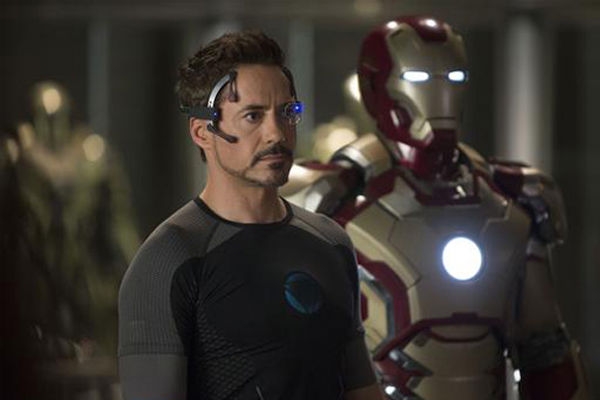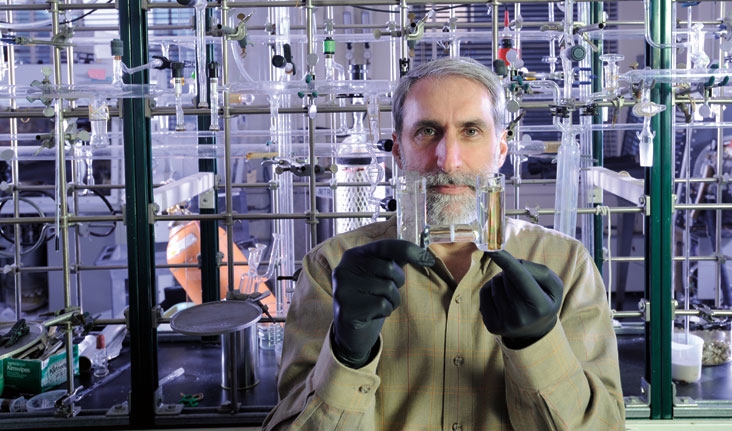
Putting the “Science” in “Science Fiction” – Telerobotics
In the past I have spoken about both autonomous robotic drones and power armour suits that are operated by the person wearing them. However some films, such as Surrogates and Iron Man 3 explore the idea of merging the two, creating robots that can be remotely controlled as if a person was wearing them. This concept, known as telerobotics, is based around the idea of combining the functionality, strength, and durability of a robot, with the precision and judgment of a human operator without placing that operator in harms way. The main difference is that a robotic drone is piloted much like an airplane or driven like a car, whereas telerobotic units are controlled directly through a much more sophisticated interface that mimics the humanoid form.
The use of telerobotics started as early as the 1940’s, when researchers used remotely operated mechanical limbs to work with hazardous or radioactive materials. Similar technology has also been used in submersibles for decades. The technology has evolved significantly from that time however, and its most common use is now in robotic surgical devices, such as the Da Vinci SI, which allow surgeons to operate on a patient who is hundreds of kilometers away through the use of remotely controlled robotic limbs. The size and shape of these limbs also mean they can be inserted into the patient’s body without large incisions, making surgeries less traumatic and reducing recovery times and complications significantly. One of the key advantages of these devices is that it allows patients in areas without specialized surgeons to be operated upon, opening up the possibility of medical care that they would otherwise be without.
Although remotely controlled manipulators are common in science fiction the more impressive use of telerobotics in films is the creation of robots that imitate the human range of motion and allow their operators to experience the world as if they were in the robot’s place, such as the surrogates in the movie of the same name, or the remotely operated Iron Man suit in Iron Man 3. Although these technologies are still in their infancy progress is being made, such as the Telebot which is being built to help return disabled military veterans and police officers to their jobs. This humanoid robot is remotely controlled through the use of a virtual reality headset and haptic feedback gear, allowing an operator to respond to situations as if they were standing in the robot’s place. The system was designed to help soldiers or police officers who became disable in the line of duty to return to a similar job, operating a robot instead of walking a patrol route themselves. In this way the streets are still kept safe and people who would otherwise be forced into retirement due to their injuries are able to retain their jobs. There is still a great deal of work to be done, especially when it comes to reducing the lag time of the robot’s response to commands, but the design is very promising.
Although telerobotics will likely never replace everyday human life as it does in the Surrogates film, this field offers many opportunities to help people who have been disabled, save lives by performing surgery remotely, and allow robots to take over for humans in dangerous fields like firefighting without removing the human element.












